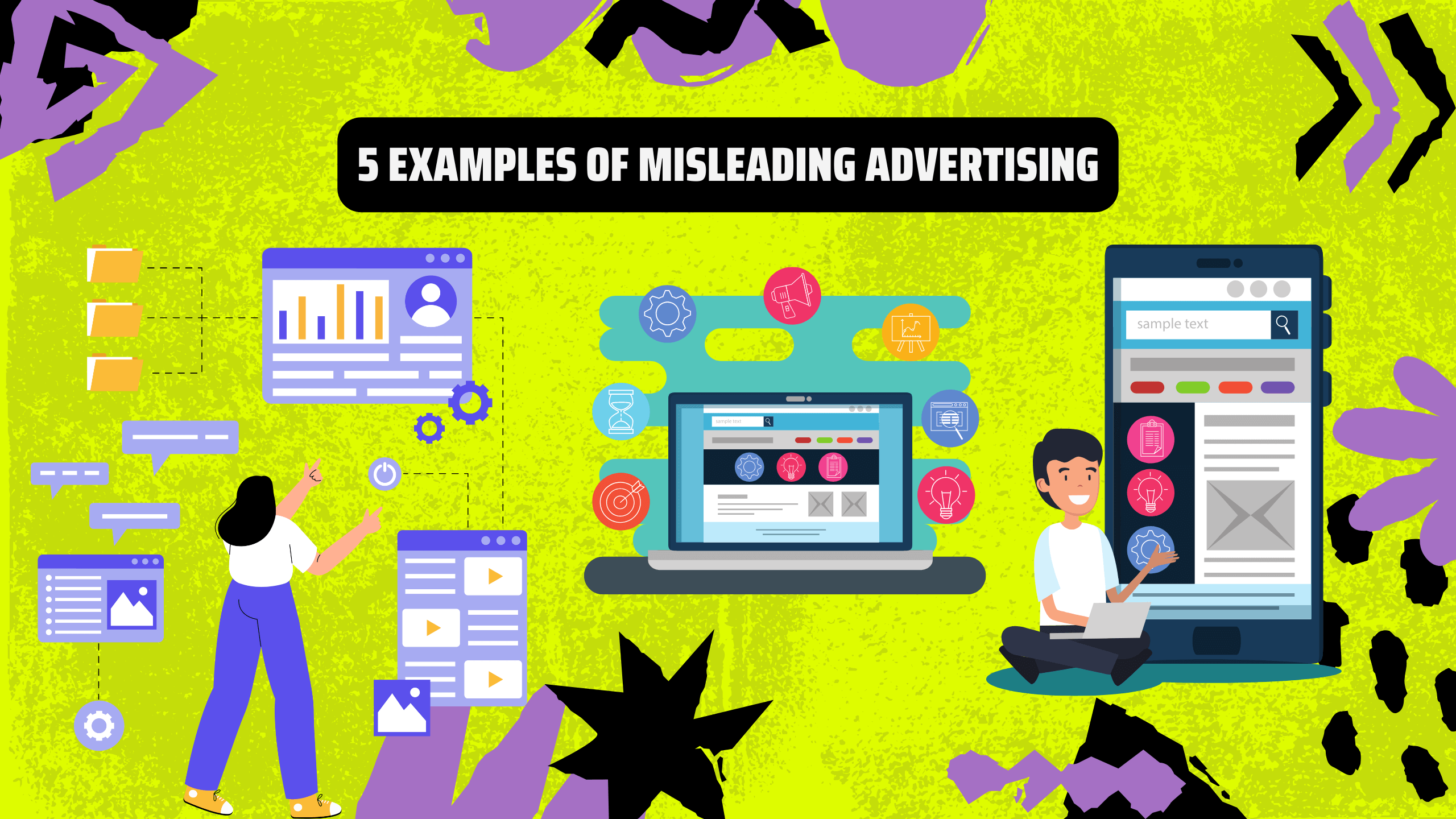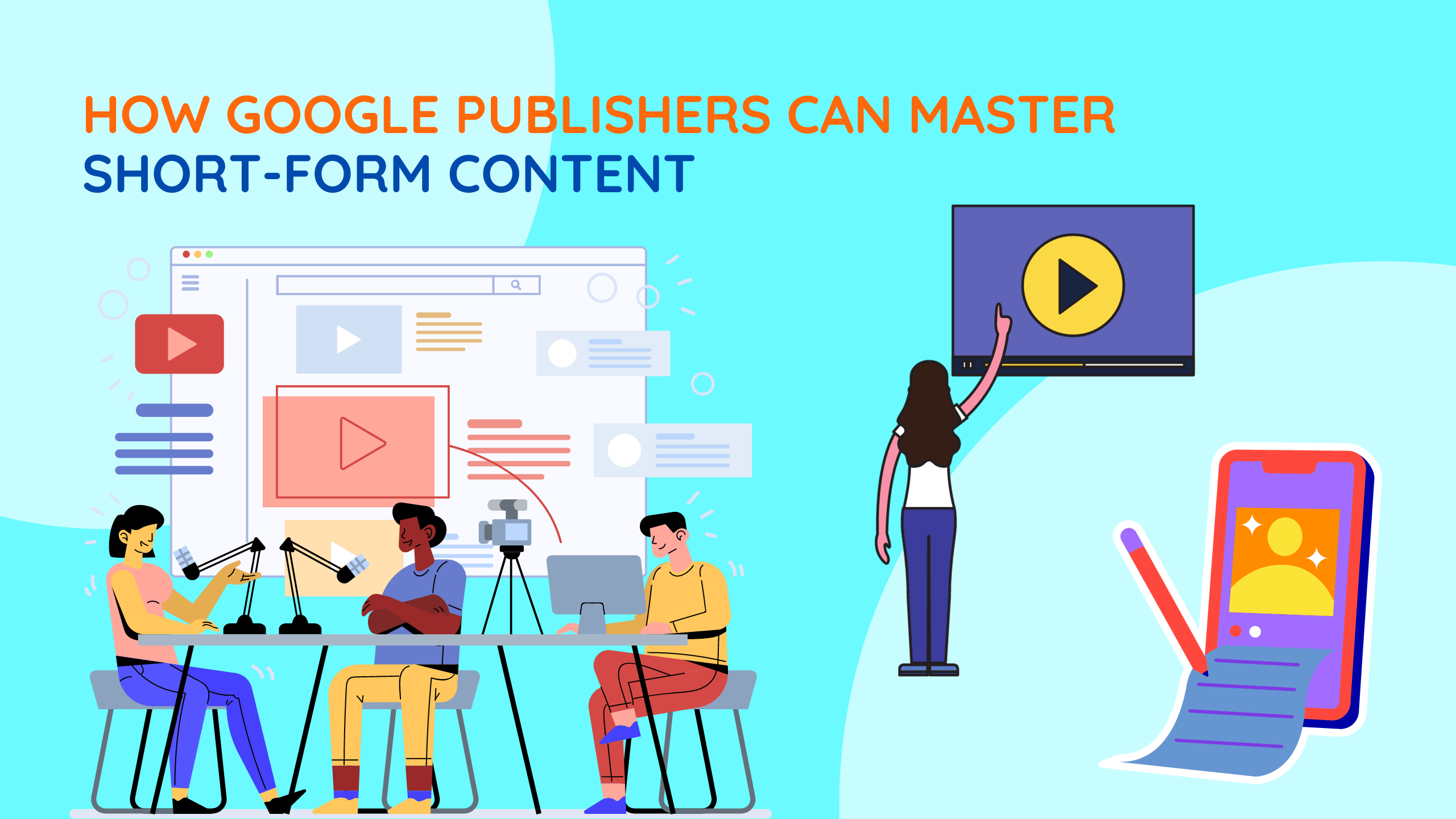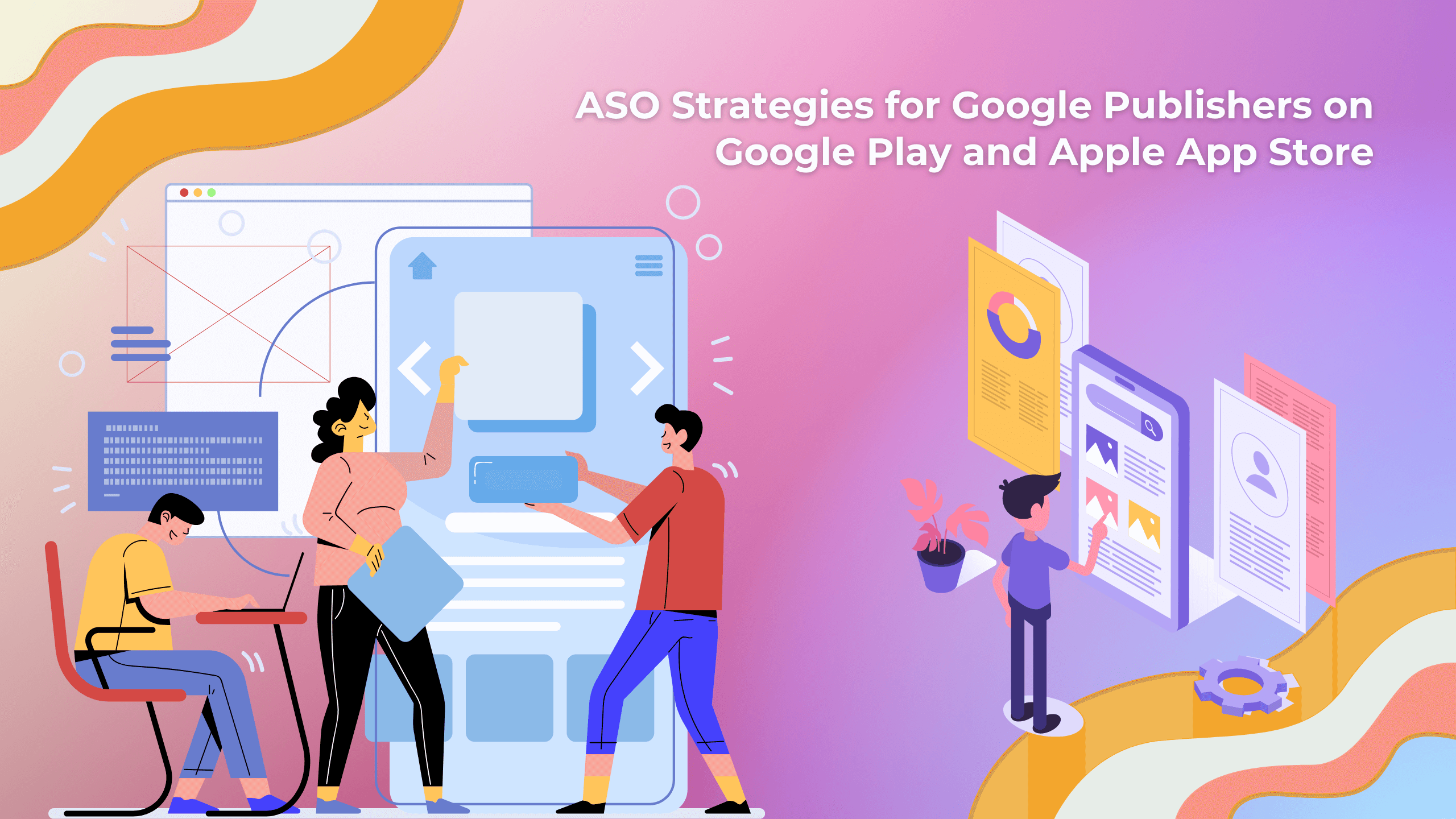In today’s digital landscape, publishers face the challenge of reaching their target audiences effectively and maximizing their revenue streams. One solution that has revolutionized the advertising ecosystem is the advertising platform. In this comprehensive guide, we will delve into the intricacies of advertising platforms, explore their benefits for publishers, and provide valuable insights on how to leverage these platforms to optimize your ad monetization strategy. So grab a cup of coffee, sit back, and let’s unlock the power of advertising platforms together!
I. Understanding Advertising Platforms:
1. What is an Advertising Platform?
An advertising platform is a technology-driven ecosystem that connects publishers, advertisers, and users, facilitating the buying and selling of ad inventory.
It serves as a centralized hub for ad management, campaign optimization, and performance analysis.
2. Key Components of an Advertising Platform:
a. Ad Server:
The ad server is the backbone of an advertising platform, responsible for delivering ads to the target audience across various digital channels.
It enables publishers to manage their ad inventory, target specific audience segments, and track ad performance.
b. Demand-Side Platform (DSP):
DSPs are tools used by advertisers to programmatically purchase ad inventory from publishers.
They provide advanced targeting capabilities, real-time bidding, and optimization algorithms to maximize campaign effectiveness.
c. Supply-Side Platform (SSP):
SSPs enable publishers to monetize their ad inventory by connecting them with multiple ad exchanges and demand sources.
They provide tools for inventory management, yield optimization, and real-time bidding.
d. Data Management Platform (DMP):
DMPs collect, analyze, and segment audience data, allowing publishers to target specific user segments and deliver personalized ads.
They enable data-driven decision-making, campaign optimization, and audience insights.

II. Benefits of Advertising Platforms for Publishers:
1. Enhanced Monetization Opportunities:
Advertising platforms provide access to a wide range of demand sources, including ad networks, direct advertisers, and programmatic buying.
Publishers can leverage competitive bidding and dynamic pricing mechanisms to maximize their ad revenue.
2. Improved Targeting Capabilities:
By utilizing advanced targeting options, such as demographics, interests, and behaviour, publishers can deliver highly relevant ads to their audiences.
Personalized ads result in higher engagement, increased click-through rates, and improved user satisfaction.
3. Streamlined Ad Management:
Advertising platforms offer centralized control over ad inventory, allowing publishers to efficiently manage, schedule, and optimize their ad placements.
Automation features reduce manual work, enhance operational efficiency, and enable faster campaign execution.
4. Data-Driven Decision-Making:
With robust analytics and reporting tools, publishers can gain valuable insights into ad performance, user behaviour, and revenue trends.
Data-driven decision-making empowers publishers to optimize their strategies, allocate resources effectively, and drive continuous improvement.

III. Best Practices for Maximizing Advertising Platform Benefits:
1. Ad Placement Optimization:
Experiment with different ad formats, sizes, and positions to find the optimal combination that balances user experience and revenue generation.
Conduct A/B testing and analyze performance metrics to refine your ad placement strategy continuously.
2. Audience Segmentation and Targeting:
Leverage the capabilities of a DMP to segment your audience based on their interests, demographics, and behaviour.
Tailor your ad campaigns to specific segments, ensuring higher relevancy and engagement.
3. Collaboration with Advertisers:
Foster strong relationships with advertisers to attract premium campaigns and negotiate favourable terms.
Regularly communicate with advertisers to align their objectives with your inventory and explore collaboration opportunities.
4. Continuous Monitoring and Optimization:
Monitor ad performance metrics regularly and identify underperforming areas that require optimization.
Make data-driven decisions to adjust pricing, targeting, and creative elements to maximize revenue and user experience.

Conclusion:
As a publisher navigating the dynamic digital advertising landscape, leveraging an advertising platform can significantly impact your success. By understanding the components of an advertising platform, harnessing its benefits, and implementing best practices, you can unlock new monetization opportunities, improve targeting precision, streamline ad management, and make informed decisions driven by data. Embrace the power of advertising platforms and pave the way for a thriving and sustainable ad monetization strategy.
Remember, the journey doesn’t end here. The advertising landscape is ever-evolving, and staying up-to-date with emerging trends and technologies will be crucial to your long-term success. So, explore, experiment, and embrace the possibilities that advertising platforms offer!
#AdvertisingPlatforms #DigitalAdvertising #MonetizationStrategy #PublisherTips #AdManagement











